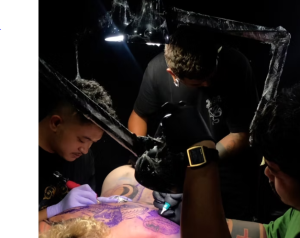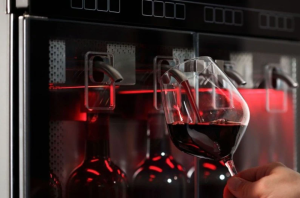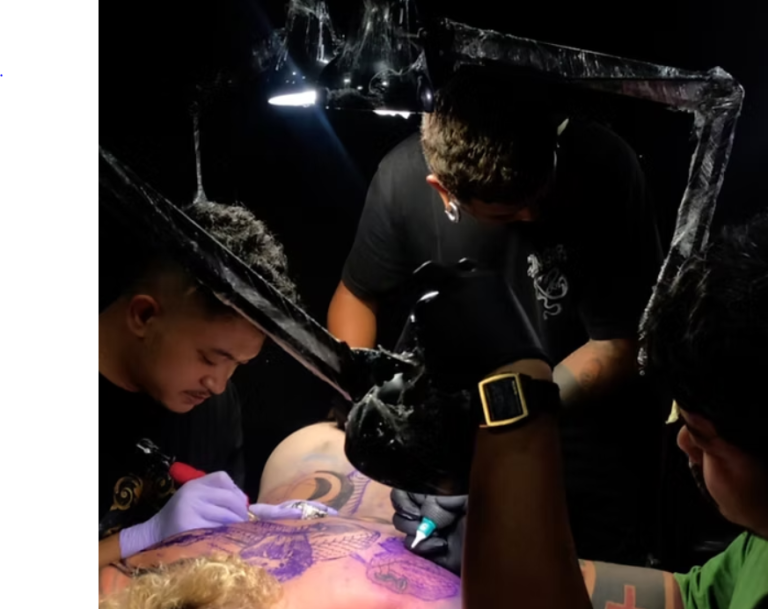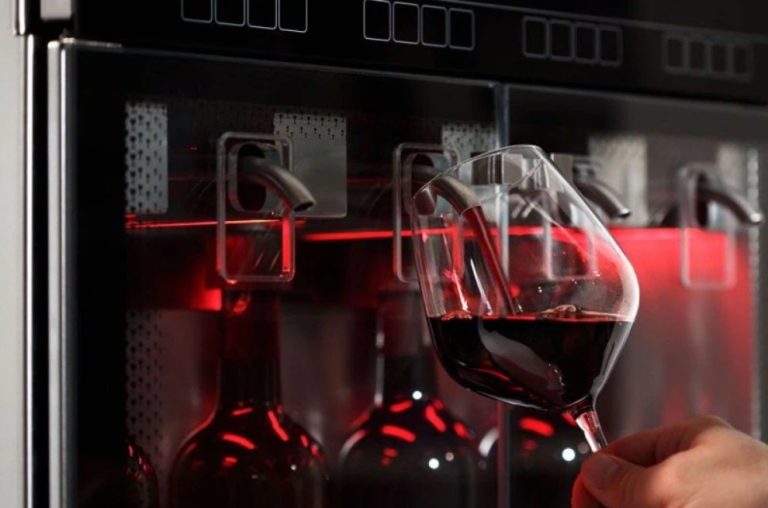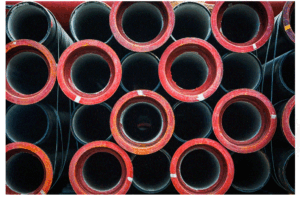GRP (Glass Reinforced Plastic) roofing systems have gained popularity for their durability and resilience. However, like any roofing material, they are not immune to problems. To ensure the longevity of your GRP roof, it’s essential to be aware of common issues that can arise and take proactive measures to prevent them. In this comprehensive guide, we will discuss the most prevalent GRP roofing problems and provide practical solutions to help you avoid them.
Understanding GRP Roofing
Before we delve into the common issues associated with Skylight System, let’s first understand what GRP roofing is. Glass Reinforced Plastic, often referred to as fiberglass roofing, is a composite material made from a combination of glass fibers and plastic resin. It is widely used in flat roofing applications due to its waterproofing capabilities, flexibility, and resistance to the elements.
1. Blistering
One of the common problems that GRP roofing systems can experience is blistering. Blistering occurs when pockets of air or moisture become trapped beneath the GRP membrane, causing bubbles or blisters to form on the surface. These blisters can lead to further problems if left unattended.
Prevention: To avoid blistering, it is crucial to ensure that the roofing surface is clean, dry, and free from contaminants before the GRP membrane is applied. Properly inspect the substrate, remove any moisture, and use a suitable primer to enhance adhesion. Hiring a professional roofing contractor with experience in GRP roofing can help ensure proper installation.
2. Cracking
GRP roofing is highly durable, but it can develop cracks over time due to various factors, such as thermal expansion and contraction, structural movement, or poor installation. Cracks in the GRP membrane can allow water to penetrate and lead to leaks.
Prevention: Regular inspections and maintenance are key to preventing cracks. Ensure that the roofing structure is sound, and make any necessary repairs promptly. When installing the GRP roofing system, follow manufacturer guidelines and use appropriate expansion joints to accommodate thermal movement.
3. Ponding Water
Ponding water occurs when water collects in low-lying areas on the roof and does not drain properly. This can result in stagnant water that can weaken the GRP membrane over time and cause leakage.
Prevention: Proper roof design and installation are critical to prevent ponding water. Ensure that the roof has adequate drainage systems in place, and make sure there are no dips or depressions in the surface that could lead to ponding. Regularly clean and maintain the drainage system to prevent clogs.
4. UV Damage
While GRP roofing is resistant to many environmental factors, prolonged exposure to UV (ultraviolet) radiation can lead to surface degradation and color fading. UV damage can weaken the GRP membrane over time.
Prevention: To avoid UV damage, consider applying a UV-resistant coating or paint specifically designed for GRP roofing. These coatings can help protect the surface from UV radiation and extend the life of the roof.
5. Poor Workmanship
Improper installation and poor workmanship can lead to a host of GRP roofing problems. These issues can range from inadequate adhesion to incorrect layering, resulting in a roof that is more susceptible to damage and leaks.
Prevention: Choose a reputable roofing contractor with experience in GRP roofing. Verify their credentials and ask for references. Ensure that the installation is done according to the manufacturer’s guidelines to prevent workmanship-related problems.
6. Corrosion and Rust
In some cases, GRP roofs can be installed over metal structures. If the metal components beneath the GRP membrane are not adequately protected, they can rust and corrode over time, compromising the roof’s integrity.
Prevention: To prevent corrosion and rust, ensure that the metal components are properly treated and protected before the GRP membrane is applied. Regular inspections can help identify any signs of corrosion early, allowing for timely maintenance.
7. Lack of Regular Maintenance
Perhaps one of the most common problems with GRP roofing is the neglect of regular maintenance. Over time, even well-installed roofs can develop issues if they are not inspected and maintained.
Prevention: Implement a proactive maintenance schedule for your GRP roof. Regularly inspect the roof for signs of damage, clean the surface, and address any issues promptly. Preventive maintenance can extend the life of your GRP roof and save you from costly repairs in the long run.
In conclusion, GRP roofing systems offer excellent durability and protection when installed and maintained correctly. By being aware of common problems and taking proactive measures to prevent them, you can ensure the longevity of your GRP roof. Regular inspections, proper installation, and addressing issues promptly are key to keeping your GRP roof in optimal condition for years to come. Remember, a well-maintained GRP roof can provide reliable protection for your property against the elements.
